
Review on TAILONZ PNEUMATIC Orange 4Mm Or 5/32 Inch OD 2 by Michael Gonzales

Great quality, good hardware, but the "6mm " hose is actually 5.83mm.
A slightly undersized hose can cause problems with push-to-fit fittings that cause slow leaks, especially when lateral "pressure" is applied to the hose directly at the fitting where it enters the port. If you need to force the tubing to be straight at the point where it is inserted into the fitting, there is always a "memory" once inserted, pushing on the tubing and trying to roll it back there or shut bend where he was. was. before it is inserted into the fitting. This lateral pull can cause the hose to buckle slightly in the fitting and take on an oval shape, and since it's already slightly smaller, the deformation may ONLY be enough to force air out around the tapered surface, allowing the end of the hose can be pressed in. This small leak can go away once the system is pressurized as it will cause the end of the hose to swell enough to form a good airtight seal, but once the pressure drops enough the hose will shrink back to its natural shape . /size, it can leak again. This can be frustrating as it can be difficult to trace where a pinhole leak is coming from. After a lot of searching, I finally realized that if I made sure that if every connection where the tubing enters the fitting starts very straight (in a relaxed state), the system will hold the pressure overnight (regardless of it whether it was or is). low or high pressure). ) Another HUGE tip that I can't stress enough is to make sure EVERY end of the tubing is PERFECTLY cut evenly/straight/perpendicular to the tubing. When the hose end is pushed into the fittings, they "butt" against a slightly beveled inner surface that tapers inward (to counteract the shape/direction that the hose end wants to expand under pressure), so any deviation in the Angle at which the tubing is cut, or if your cut isn't perfectly smooth, it might not provide a good fit against that tapered surface and. again. leaks. I REALLY don't want to stop anyone from using these things. because they are AWESOME! I have air lines everywhere in my lab and shop with tees going to branches, 1/4 turn valves, manifold blocks with quick disconnects, connectors, etc. and I can pressurize the entire system and leave them alone. Day and never hear the compressor turn on because the tank pressure is released. There are FEW leaks in any system, and depressurization within 4-5 hours is perfectly normal, but I've put a lot of effort into making sure every hose is perfectly cut and fits snugly into every fitting. There is plenty of teflon tape on the threads of each fitting and they are all tight and installed correctly and I can hold enough pressure overnight that when I come in the next day and turn on the compressor it is still not low. enough to turn on and you have to refill the tank. So your performance with this product will fully reflect how much effort you put into your setup! Unlike many other types of installs where there is either right or wrong and there are no shades of gray in between, the results you get from this type of product can vary greatly depending on how much time and effort you put in invest in installation. Process. So if you are looking for quick/easy. Then expect small leaks and even complete failures. If you're willing to take your time and do it right, then this could be a great solution!
- Operating Temperature
- I'll write later
New products
Comments (0)
Top products in 🚀 Tubes, Pipes & Hoses

GeilSpace 6 Pack Of 3/4" × 8" Black Metal Pipes - Ideal For DIY Industrial Shelving - Fits Standard 3/4" Black Threaded Pipes And Fittings - Vintage Industrial Steel Pipe (Black)

11 Review
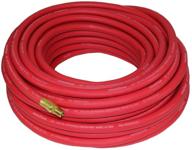
Good 12674 Rubber 50 Feet 8 Inch

9 Review
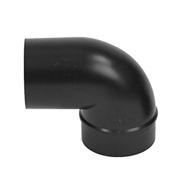
Flexaust 231 Plastic Elbow Black: Durable and Efficient Pipe Fitting Solution

11 Review
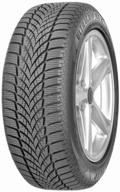
Goodyear Ultra Grip Ice 2 205/50 R17 93T winter

128 Review
Another interesting products
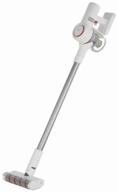
Vacuum cleaner Dreame V9 Global, white

145 Review

12V Brass Solenoid Valve, 3/4" Electric Air Valve For Water, Air, Gas, Fuel And Oil - Normally Closed By Beduan

10 Review
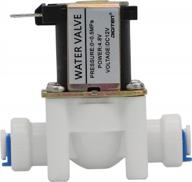
DIGITEN DC 12V 1/4" Inlet Feed Water Solenoid Valve Quick Connect N/C Normally Closed No Water Pressure

14 Review

1 Inch Beduan Brass Electric Solenoid Valve, 12V Normally Closed Air Valve For Water, Gas, Fuel, And Oil

10 Review

